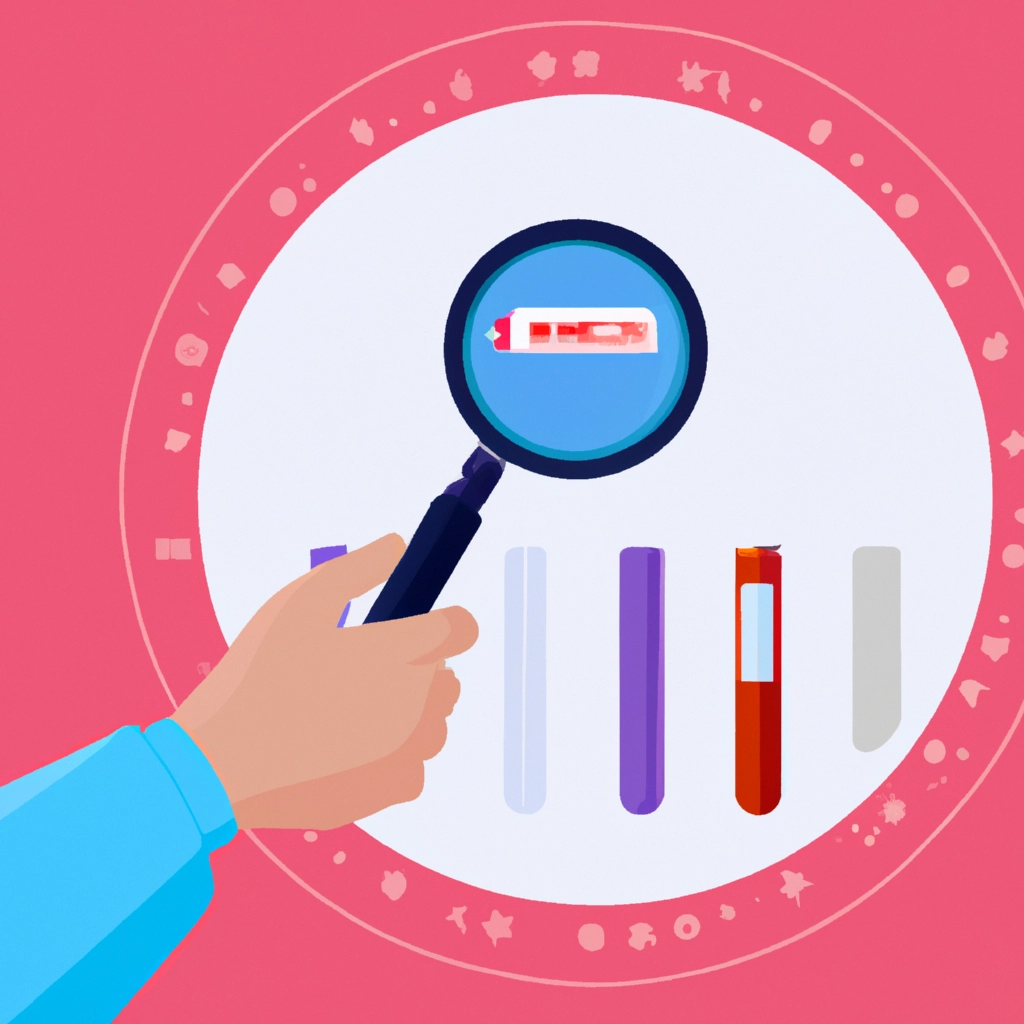Injections are a common procedure in medical practice. They are used to administer medications, vaccines, and other therapeutic substances. Many of us have experienced the discomfort and pain that can result from an injection. In most cases, the discomfort is mild and goes away quickly. However, in some cases, the injection site may become swollen, red, and tender. This can be a sign of an allergic reaction, infection, or other complications. In this article, we will discuss what to do when a lump forms after an injection.
What causes a lump after an injection?
When a medication is injected into the body, it is absorbed into the surrounding tissue. Sometimes, the medication can cause a local reaction, resulting in the formation of a lump or bump at the injection site. This type of reaction is a common side effect of many medications and injections. The lump may be sore to the touch and may be red or inflamed.
Is a lump after an injection normal?
The presence of a lump after an injection is not always a cause for concern. Depending on the type of medication used, it is not uncommon for a lump or bump to develop at the injection site. Medications like complex B, metamizole sodium, ceftriaxone or antibiotics are known to cause this reaction. The lump usually resolves on its own within a week or two.
When should you be worried about a lump after an injection?
While a lump after an injection is usually not serious, there are times when you should be concerned. If the lump is increasing in size, is warm to the touch, is reddish or has a pus discharge, you should seek medical attention. These symptoms may be a sign of an infection or an abscess.
What can you do to relieve the pain and discomfort of a lump after an injection?
If the lump is causing pain or discomfort, you can use ice to reduce the swelling. Applying a warm compress for 2-3 minutes, two times a day, can also help to reduce the lump. Be sure to rest the area and avoid any activities that may cause additional irritation.
How can you prevent a lump from forming after an injection?
To prevent a lump from forming after an injection, it is important to inject the medication correctly. Always make sure that the medication is injected into the muscle and not into the subcutaneous tissue. Avoid using the same injection site repeatedly. This can lead to the accumulation of fatty tissue or the formation of a scar.
In case of doubt, always consult your doctor
If you have any concerns or questions about a lump or bump that has formed after an injection, you should consult your doctor. They will be able to evaluate your symptoms and determine the cause of the lump. They may recommend over-the-counter pain relievers or prescribe an antibiotic in case of infection.
What are the risks associated with injections?
Like any medical procedure, injections come with some risks. The most common side effects include allergic reactions, bruising, soreness at the injection site, and infections. In rare cases, injections can lead to more serious side effects, such as blood clots, nerve damage, or paralysis.
How do you know if you have had an allergic reaction to an injection?
Allergic reactions to injections are relatively rare. However, if you have an allergic reaction, you may experience symptoms such as hives, difficulty breathing, and swelling of the face, lips, tongue, or throat. If you experience any of these symptoms, seek medical attention immediately.
What are some other complications that can occur after an injection?
In addition to allergic reactions, other complications that can occur after an injection include inflammation, blistering, and scarring. If you experience any of these symptoms, you should contact your doctor.
What should you do after an injection?
After an injection, it is important to rest and avoid any strenuous activities that may cause irritation or inflammation of the injection site. Avoid touching or rubbing the area for at least 4 hours after the injection.
Can injecting into a blood vessel be harmful?
Injecting a medication into a blood vessel can be harmful. If you see blood in the syringe, it could mean that you have hit a blood vessel. This is usually not dangerous, but if you see blood in the lower part of the syringe before you push the plunger, remove the needle immediately without injecting the medication.
Can a needle hit the sciatic nerve?
While it is not common, it is possible for a needle to hit the sciatic nerve during an injection. If this happens, you may experience immediate pain that radiates down your leg, weakness, and numbness. Depending on the severity of the injury, recovery may take days, weeks or months.
Can you reduce the risk of complications with injections?
To reduce the risk of complications from injections, it is important to follow proper injection technique. This includes using a clean needle and ensuring that the medication is injected into the correct location. Always use different injection sites, allowing the previous injection site to recover.
Conclusion
Injections are a common procedure in medical practice. While most injections are safe and effective, they can cause complications such as the formation of a lump or bump at the injection site. If you experience any discomfort or swelling after an injection, you should seek medical attention. By following proper injection technique and taking appropriate measures after an injection, you can reduce the risk of complications and ensure a speedy recovery. Remember that in case of doubt or concern, it is always best to consult your doctor.





